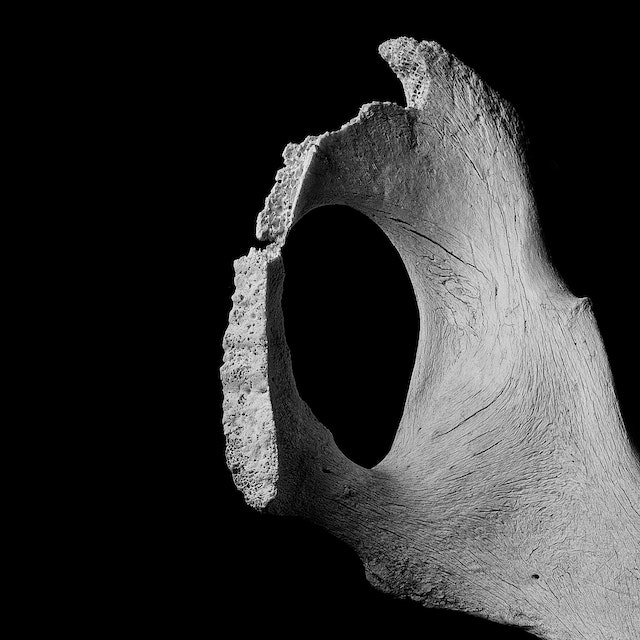Black holes are some of the most fascinating and mysterious objects in the universe. They are regions of space where the gravitational pull is so strong that nothing, not even light, can escape. Supermassive black holes are found at the centers of most galaxies, including our own Milky Way. They are millions or even billions of times more massive than the sun. However, some galaxies have not one, but two supermassive black holes at their centers. These dual black holes are the ultimate space oddity, and their existence has puzzled astronomers for decades.
The first dual black hole system was discovered in 1987 by astronomers at the University of California, Berkeley. They observed a pair of radio sources in the galaxy NGC 6240 that were separated by only a few thousand light-years. Further observations revealed that these sources were two supermassive black holes in the process of merging.
Since then, dozens of dual black hole systems have been discovered, but their origin and evolution are still not fully understood. One theory is that they form when two galaxies merge. Each galaxy has its own supermassive black hole, and when the galaxies collide, the black holes are brought together. Over time, the black holes spiral towards each other and eventually merge into a single, more massive black hole.
However, this process is not well understood, and there are many unanswered questions. For example, how do the black holes interact with the gas and stars in the galaxy during the merger process? How long does it take for the black holes to merge, and what happens to the galaxy during this time? These are just a few of the many questions that astronomers are trying to answer.
One of the challenges of studying dual black holes is that they are difficult to observe directly. They do not emit any light or radiation that can be detected by telescopes. Instead, astronomers must look for indirect evidence of their presence, such as the way they affect the motion of nearby stars or gas.
One promising technique for detecting dual black holes is gravitational waves. Gravitational waves are ripples in the fabric of space-time that are produced by the motion of massive objects, such as black holes. In 2015, the Laser Interferometer Gravitational-Wave Observatory (LIGO) detected gravitational waves for the first time, confirming a prediction made by Albert Einstein over a century ago.
Since then, LIGO and other gravitational wave observatories have detected several more black hole mergers. These events provide valuable information about the behavior of black holes and their interactions with each other. They also provide a new way to study dual black holes, as the gravitational waves they produce can be used to infer the properties of the black holes.
Another technique for studying dual black holes is to look for the effects of their gravitational pull on nearby stars and gas. For example, if a star is orbiting around a dual black hole system, its motion will be affected by the gravitational pull of both black holes. This can cause the star’s orbit to become distorted or even ejected from the galaxy altogether.
Astronomers can also look for the effects of the black holes on the gas in the galaxy. As the black holes merge, they create powerful jets of gas that can be seen in radio and X-ray wavelengths. These jets provide valuable information about the behavior of the black holes and their interactions with the surrounding gas.
In conclusion, dual black holes are the ultimate space oddity, and their existence has puzzled astronomers for decades. While we have made significant progress in understanding these enigmatic objects, there is still much we do not know. Studying dual black holes is challenging, but new techniques such as gravitational wave astronomy are providing new insights into their behavior. As we continue to explore the universe, the mystery of dual black holes will undoubtedly continue to captivate and inspire us.




